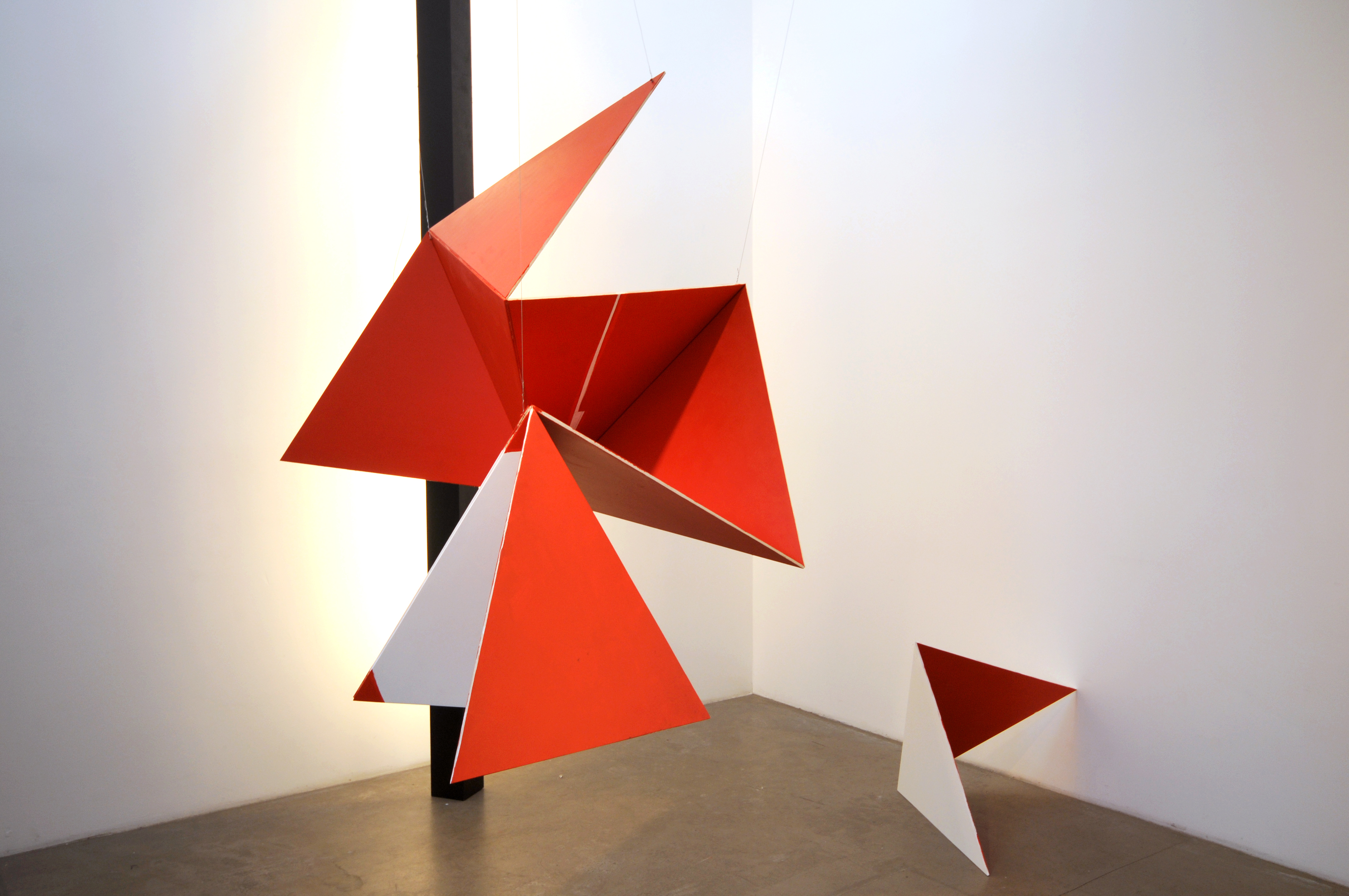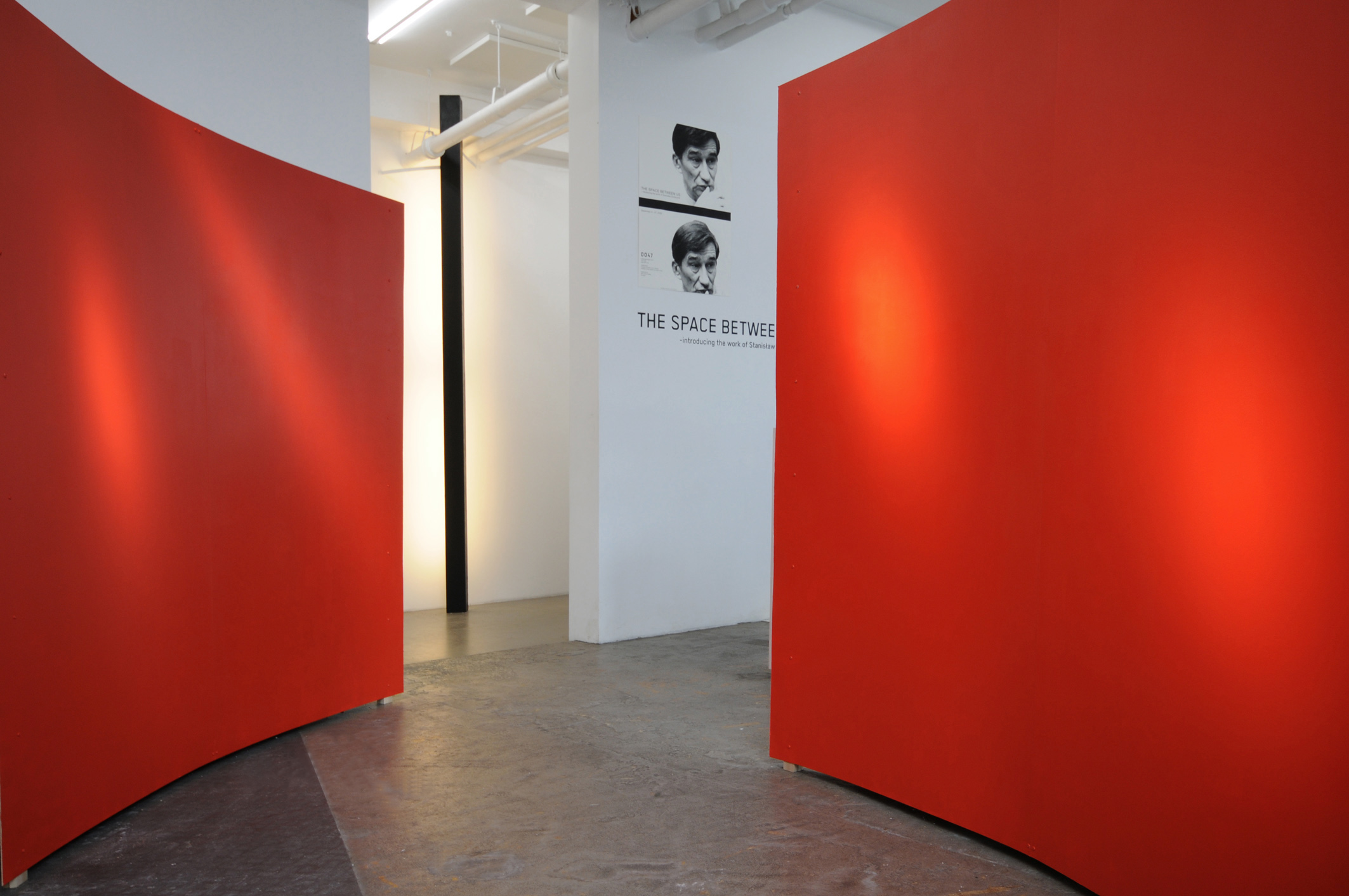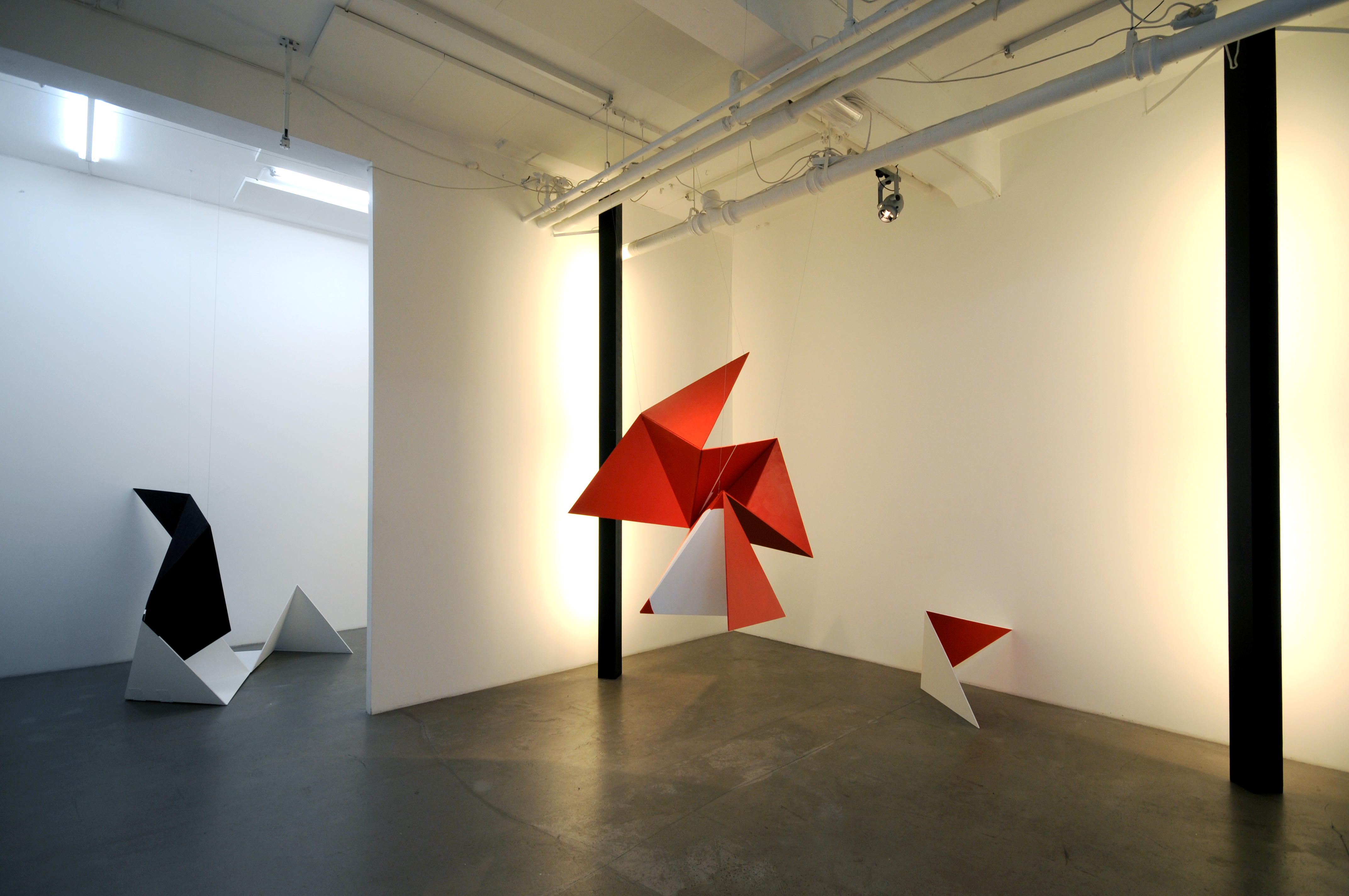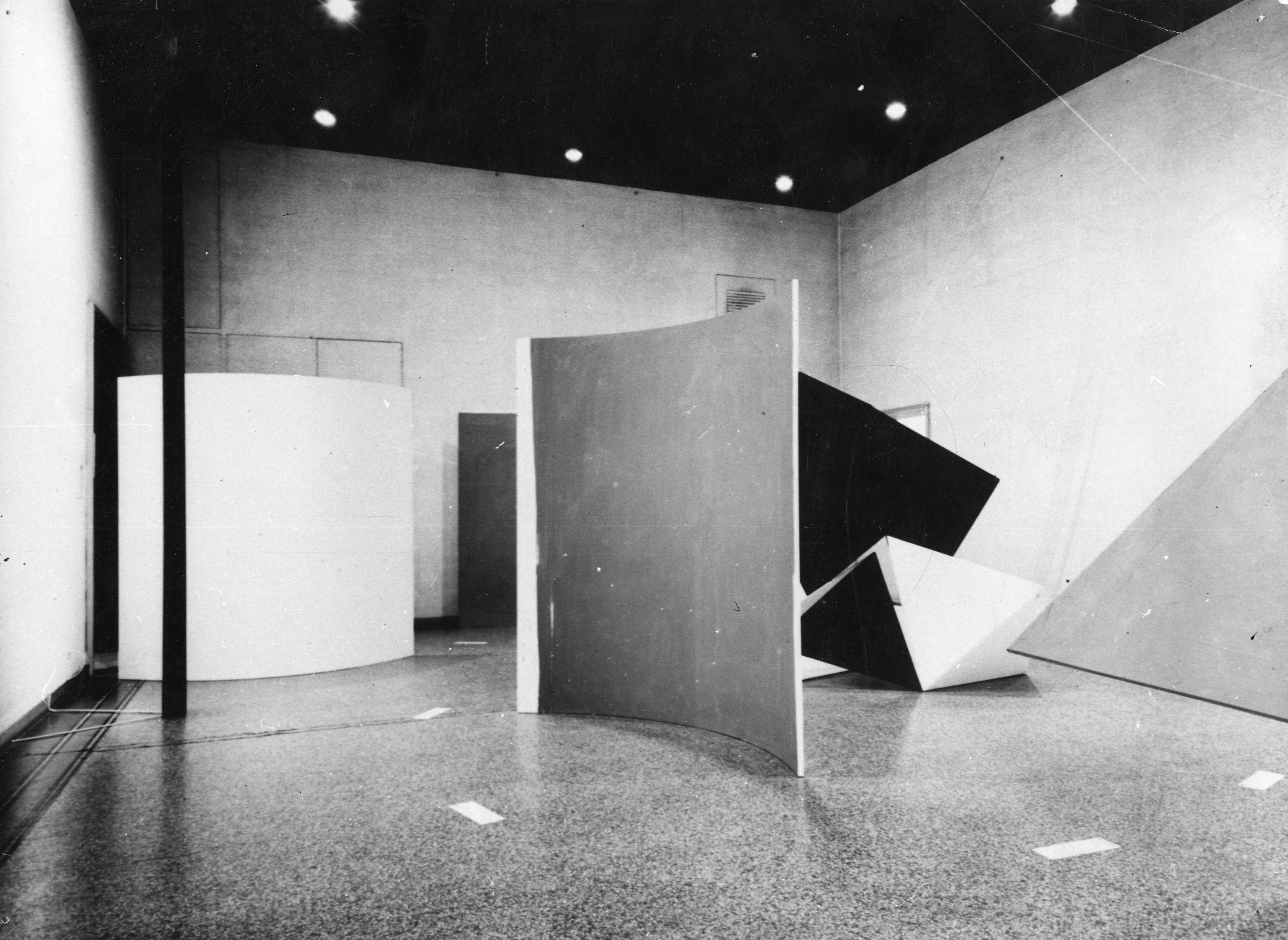Zamecznik belonged to a generation of architects who studied and made their debutes before World War II. His career reached its peak during the People’s Poland era, when architectural practice had a different shape than any other time in history, and centralised political-administrative structures closely controlled the building design and construction process. Zamecznik collaborated with some of the most important figures of his time, such as Oskar Hansen, Jerzy Sołtan and Lech Tomaszewski. Although few of their architectural designs were actually implemented, these architects were able to fulfil themselves in other, architecture-related fields. Exhibition design was an important area of these experiments. The modernist exhibitions designed by Zamecznik and his peers in the 1960s soothed their grief at the unrealized cities of the future. The cardboard and plywood exhibition architecture substituted the realization of the brave urban planning visions filling the architects’ sketchbooks and was often the only materialization of their visionary ideas. The projects designed by Stanisław Zamecznik, an architect who called his profession the ‘art of space,’ occupy a special place in the history of 20th-century Polish exhibition design and architecture.
The exhibition at 0047 features a reconstruction of the exhibition Color in Space, which Zamecznik made in collaboration with the artist Wojciech Fangor at the Stedelijk Museum in Amsterdam in 1959. Color in Space started with a discussion on painting in the expanded field and was a so-called ”environment-art”, one of the first in its kind in Europe. In addition, the exhibition at 0047 presents thirteen of his exhibitions and architectural projects, which demonstrate some of the central ideas Zamecznik worked with. He often focused on the viewer’s movement in space and made use of architectural elements to direct the viewers gaze and movement. These elements doubled as background for the exhibited objects, and at the same time dramatically altered the architecture of the gallery space. Curved walls, strong colors and visually characteristic shapes were central devices in his designs; an approach we seldom see used in exhibition design today.
The Space Between Us – introducing the work of Stanisław Zamecznik marks the beginning of a comprehensive research on Stanisław Zamecznik, a collaboration between 0047 and the Museum of Modern Art in Warsaw. The exhibition is based on material from the Zamecznik-family’s archive. This is the first exhibition about Zamecznik since 1973, when Zachenta in Warszawa made a retrospective exhibition, which was shown in Trondheim, Bergen og Tromsø the same year, on the initiative of Norwegian architect Lars Fasting.
With this project, 0047 wishes to start a discussion about exhibition architecture as an autonomous art form, and present Stanisław Zamecznik and Polish avant garde to a Norwegian public.
The Space Between Us – Introducing the work of Stanisław Zamecznik is realized with generous support from the Polish Embassy in Norway and the Arts Council Norway.







